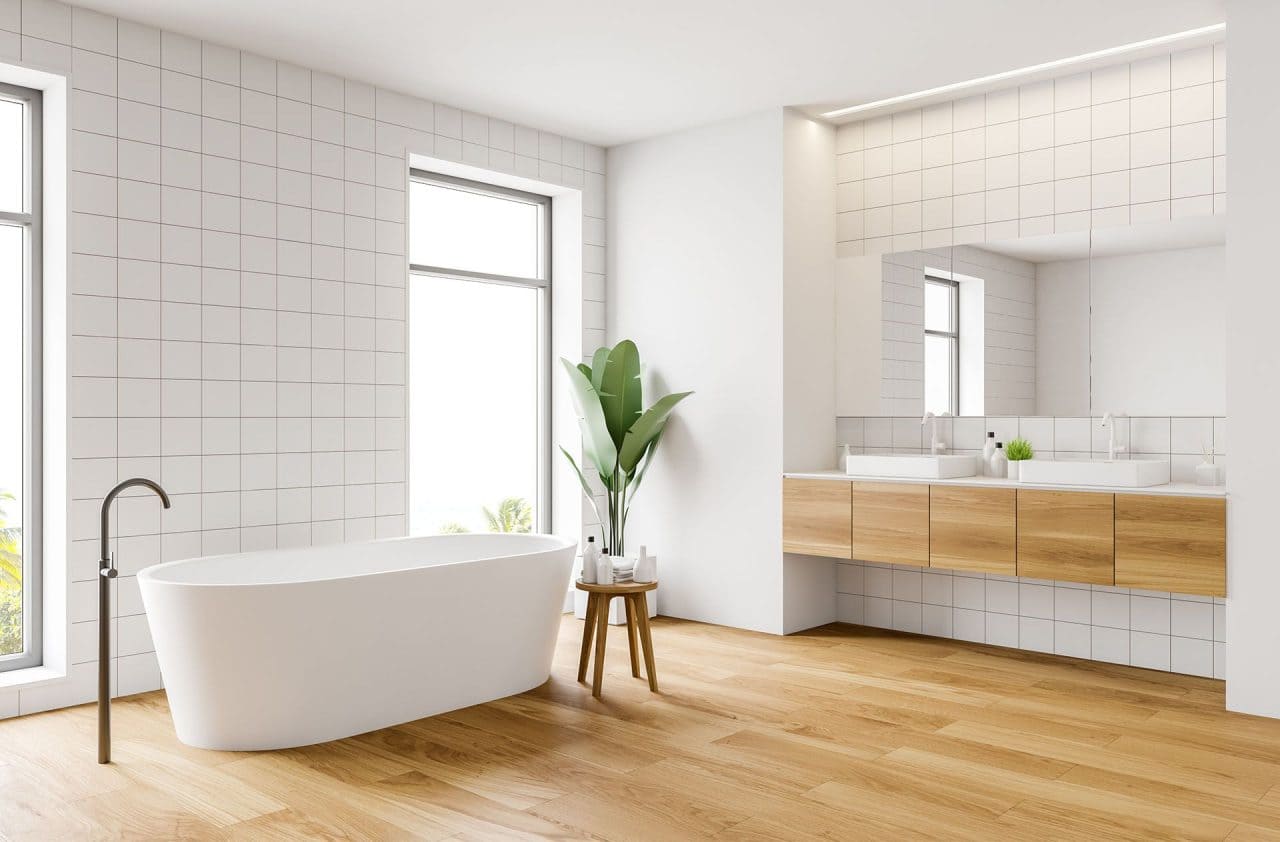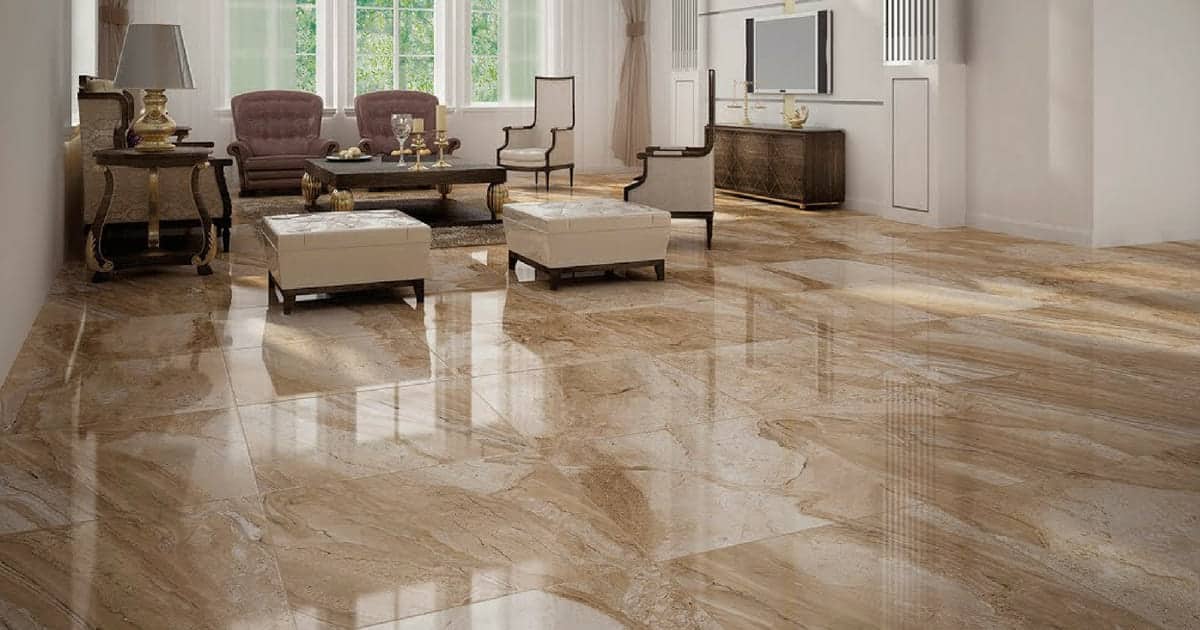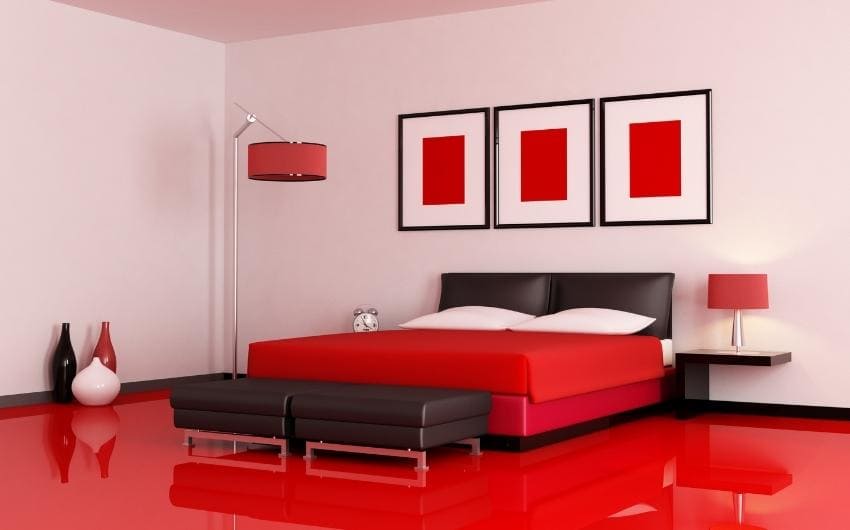Incorporating wood flooring in a bathroom can elevate the aesthetics of the space while adding warmth and character. Contrary to popular belief, wood flooring can be a viable option for bathrooms if installed and maintained correctly. In this comprehensive guide, we’ll explore everything you need to know about wood floor bathroom installations, including the benefits, challenges, best practices, and maintenance tips.
Understanding the Benefits of Wood Flooring in Bathrooms
1. Aesthetic Appeal
Wood flooring adds a touch of elegance and sophistication to any bathroom. With a wide range of wood species, colors, and finishes available, you can achieve a customized look that complements your overall bathroom design.
2. Warmth and Comfort
Unlike cold ceramic tiles, wood flooring provides a warmer and more comfortable surface underfoot. This is especially appreciated during chilly mornings or late-night bathroom visits.
3. Durability and Longevity
When properly installed and sealed, wood flooring in bathrooms can withstand moisture and humidity levels without warping or damage. High-quality wood species such as teak, cedar, or engineered hardwood are particularly resilient in wet environments.
4. Increased Home Value
Investing in wood flooring can significantly increase the resale value of your home. Potential buyers are often drawn to the timeless beauty and durability of wood floors, especially in bathrooms where quality materials are highly sought after.
Overcoming Challenges: Moisture and Humidity
While wood flooring offers numerous benefits, it’s essential to address the challenges posed by moisture and humidity in bathrooms. Here are some strategies to mitigate these risks:
1. Proper Installation
Ensure that your wood flooring is installed by experienced professionals who understand the unique requirements of bathroom environments. Proper subfloor preparation and moisture barrier installation are critical for long-term durability.
2. Sealants and Finishes
Choose high-quality sealants and finishes specifically designed for bathroom use. These products create a protective barrier that prevents moisture from penetrating the wood while enhancing its natural beauty.
3. Adequate Ventilation
Proper ventilation is essential for maintaining optimal humidity levels in the bathroom. Install exhaust fans or windows to promote air circulation and prevent moisture buildup, which can lead to mold and mildew growth.
Best Practices for Wood Floor Bathroom Maintenance
To ensure the longevity and beauty of your wood flooring in the bathroom, follow these maintenance tips:
1. Regular Cleaning
Sweep or vacuum your wood floors regularly to remove dirt and debris. Use a damp mop with a mild wood floor cleaner to clean the surface periodically, avoiding excessive moisture.
2. Prompt Spill Cleanup
Accidental spills should be cleaned up immediately to prevent water damage or staining. Use a soft cloth or towel to absorb the liquid and dry the area thoroughly.
3. Avoid Standing Water
Prevent water from pooling on the surface of your wood flooring by wiping up excess water after showering or bathing. Place bath mats or rugs near the tub or shower area to absorb water and protect the wood.
4. Periodic Maintenance
Every few years, consider refinishing your wood flooring to rejuvenate its appearance and restore its protective finish. Consult with a professional contractor to assess the condition of your floors and determine the best course of action.
In conclusion, incorporating wood flooring in your bathroom can be a stylish and practical choice, adding warmth, beauty, and value to your home. By understanding the benefits, overcoming challenges, and following proper maintenance practices, you can enjoy the timeless elegance of wood floors in your bathroom for years to come.





